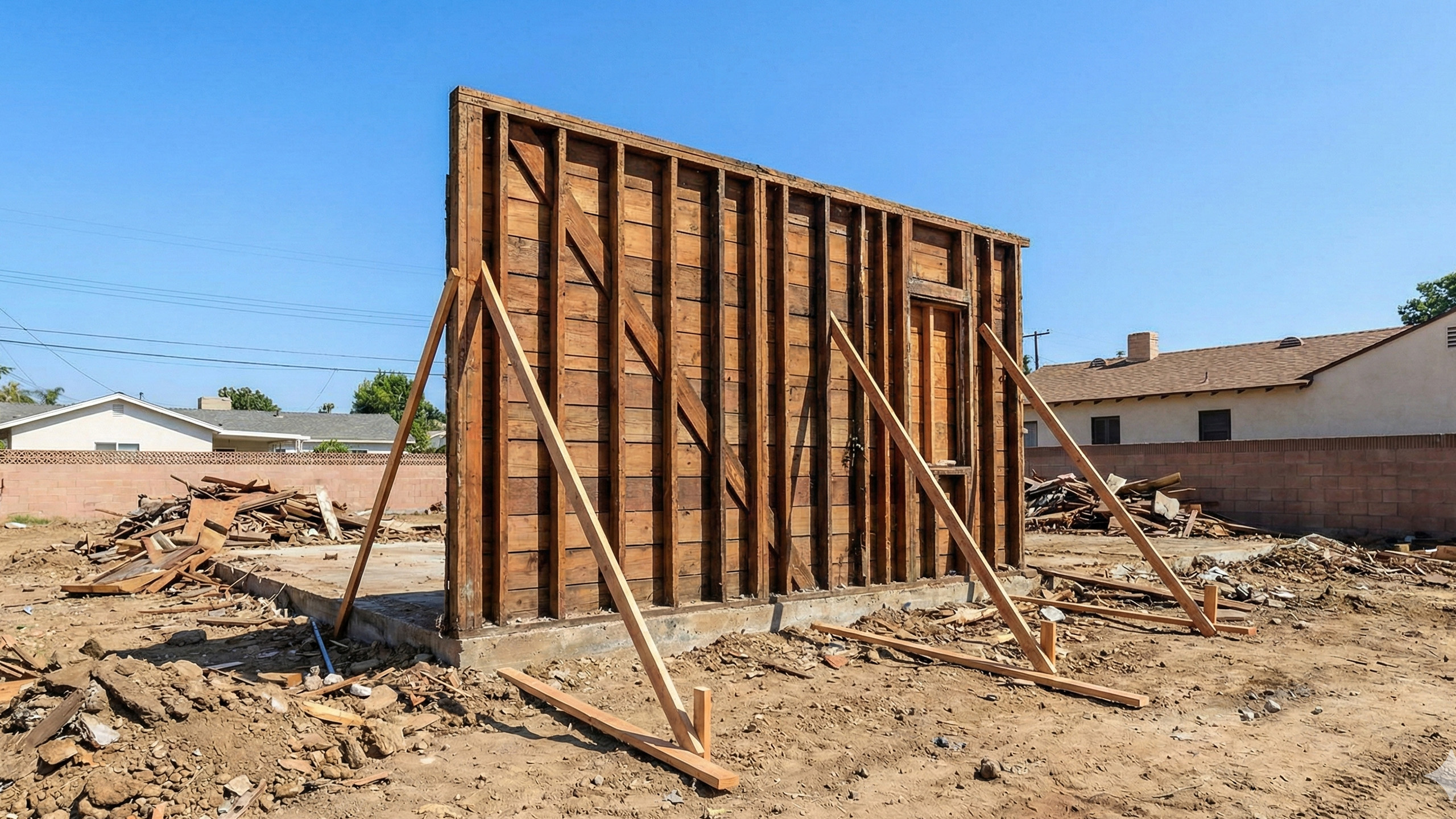Reducing energy bills while ensuring maximum comfort level should be a top priority for every homeowner. Living in an age of technological advancements and innovative solutions, it's important to make the most energy-efficient choices for your property. Did you know that the right type of insulation can make an enormous impact on your energy usage? In this comprehensive article, we'll delve deeper into the world of insulation to explore various types of insulation available in the market, along with their R-Values, to help you make informed decisions about optimizing your property's energy usage.
California's energy-efficiency standards for new residential construction, known as Title 24, promote a sustainable future. With this mandate, the state requires new buildings to comply with strict requirements to minimize energy consumption and greenhouse gas emissions. These standards necessitate tactics like improved insulation, high-efficiency heating and cooling systems, energy-efficient windows and doors, and the incorporation of solar systems.
Letter Four wholeheartedly embraces the objectives outlined by Title 24, surpassing expectations and setting a new standard of excellence. Our practices integrate cutting-edge technologies and innovations that further reduce environmental impact. By prioritizing sustainable construction methods and materials, we contribute to California's steadfast commitment to combating climate change and building a greener future.
Firstly, it's important to understand that insulation plays a vital role in slowing down the transfer of heat and cold between the inside and outside of a building. The higher the R-value, the better the insulation's ability to resist heat flow. Fiberglass, cellulose, and spray foam are the most commonly used insulation types in homes and buildings, with their own unique advantages and disadvantages.
Fiberglass, a commonly used insulation material, is favored for its lightweight, durability, and ease of installation. With R-values ranging from R-2.9 to R-3.8 per inch of thickness, fiberglass insulation is an ideal choice for walls, ceilings, and floors. It works by trapping pockets of air, slowing heat transfer throughout the walls of your home, and keeping the internal temperature comfortable.
Recycled paper is an eco-friendly and cost-effective insulation option. Made from discarded newspapers, it provides excellent soundproofing, mold resistance, and pest resistance. The insulation is blown into attics and other areas with a range of R-values, from R-3.2 to R-3.8 for every inch of thickness. This insulation is not only an excellent eco-friendly choice but also delivers comfort and energy savings.
Denim insulation is a sustainable and biodegradable choice that is manufactured using recycled denim. It presents a great eco-friendly alternative to traditional insulation methods. Like recycled paper insulation, it also offers soundproofing and mold/pest resistance features, which are important for any home or building. Furthermore, it is easy to install and has a low dust content, making it a practical and healthy option for homeowners who value environmental integrity.
When it comes to preventing air infiltration, rigid foam insulation is the way to go. Its superior sealing ability is perfect for filling all those tiny gaps and cracks that otherwise allow air to leak around the building. Apart from the traditional roofing applications, it also works great for walls, floors, and foundations, wherever maximum R-value is needed. Speaking of R-value, it is the highest among all insulation types, varying from R-3.5 to R-7 per inch, depending on the material used.
Insulation is crucial for ensuring the inside temperature of your home stays consistent, reducing the need for heating and cooling systems. By making informed decisions about the types of insulation being utilized, you can optimize your energy usage, reduce your energy bills over time, and also contribute to a sustainable environment. With this in mind, it's recommended that you assess your property's insulation needs to make the most energy-efficient choice for you and the planet.
With the rising need for energy efficiency, it's crucial to understand the role of insulation in reducing energy consumption. Insulation acts as a barrier, preventing the transfer of heat and cold between the inside and outside of a building. By choosing the right insulation material with a high R-value, homeowners can ensure optimal comfort while minimizing the use of heating and cooling systems. Fiberglass, cellulose, recycled paper, denim, and rigid foam are popular insulation options, each offering unique benefits such as soundproofing, mold resistance, and eco-friendliness. California's Title 24 standards further emphasize the significance of energy-efficient practices, including improved insulation and the integration of renewable energy systems.
At Letter Four, our unwavering commitment to the environment compels us to meet and exceed industry standards. We accomplish this by working with engineers and experts to calculate energy efficiency in our projects, and with respect to insulation, appliances and HVAC, and windows and doors, among other items. We strive to make a positive impact on the environment and work towards a sustainable and greener future by harnessing state-of-the-art techniques.
What truly sets us apart is the close collaboration between our dedicated team of engineers and knowledgeable consultants. Together, we meticulously prioritize and strive to surpass even the most stringent energy efficiency requirements. We believe that by doing so, we not only ensure that our projects are built with unwavering integrity but also demonstrate our utmost consideration for the health and well-being of our planet






.svg)























.png)